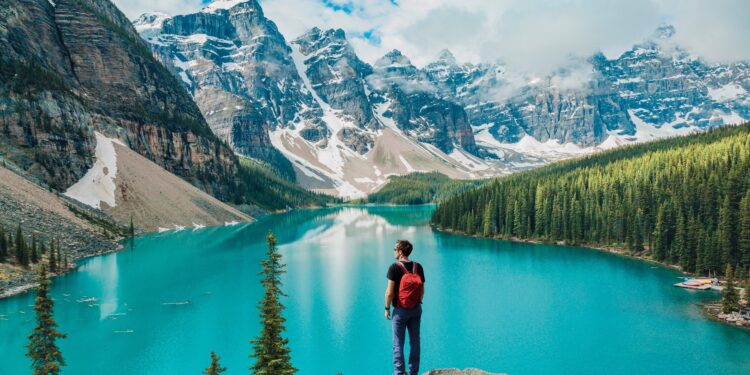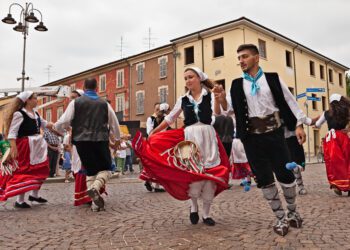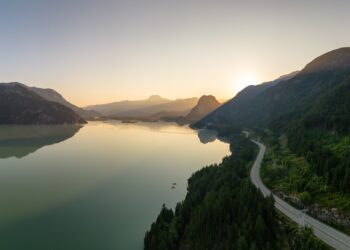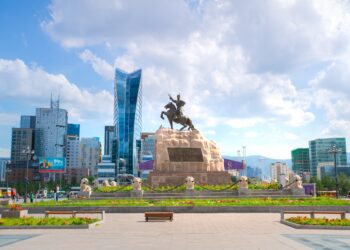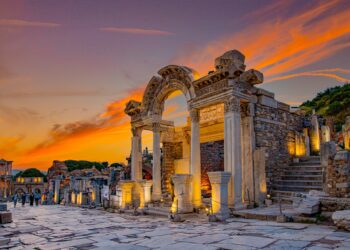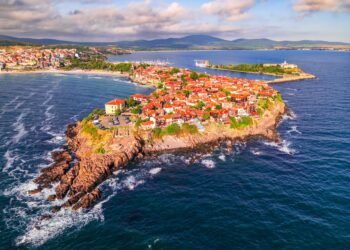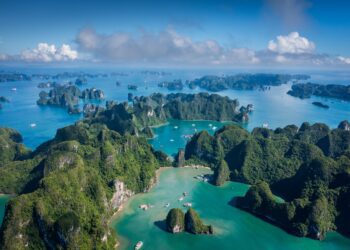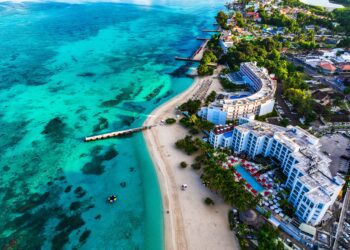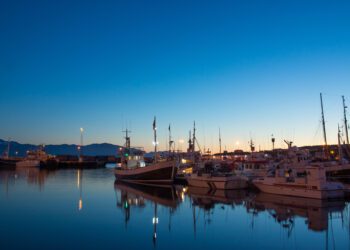Places to go
The natural wonders of the Canadian Rocky Mountains are protected in a series of incredible parks along Alberta’s western border, including Banff National Park, Jasper National Park, Kananaskis Country and Waterton Lakes National Park.
Banff National Park, part of a UNESCO World Heritage Site, was established in 1885 as the first national park in Canada, and it continues to draw visitors from around the world. Discover the natural beauty of this mountain paradise that has more than 1,600 kilometres of maintained trails for hiking, cycling and horse riding to explore. Come back in winter and ski exhilarating deep powder.
Lake Louise and Moraine Lake
The Canadian Rockies are home to some of the most beautiful lakes in the world. What sets these alpine gems apart is their stunning aquamarine colour, a result of the “rock flour” — fine-grained silt — suspended in their glacier-fed waters. Set against a backdrop of magnificent snow-capped peaks, it’s a picture-perfect combination that’s hard to beat.
Most photogenic of them all in Banff National Park is Lake Louise, anchored at one end by the Victoria Glacier and the other by the stately Fairmont Chateau Lake Louise. Moraine Lake is another turquoise beauty, nestled in the Valley of the Ten Peaks. Rent a canoe or walk the shores, just make sure you bring your camera; the views are stunning. Lake Louise is less than a two-hour drive west of Calgary. From Lake Louise, it’s about an hour and 20-minute drive to Moraine Lake, which makes for a perfect day trip into the park, but we bet you’ll want to stay longer — there’s so much to see and do along the way.
Lake Minnewanka
Minutes from the town of Banff, Lake Minnewanka is the longest lake in the Canadian Rockies at 28 kilometres long. Hike or bike the trails along its northern shores, or take the hour-long guided boat cruise to see the lake’s breathtaking beauty from every angle and learn about its fascinating history. For instance, the summer village of Minnewanka Landing, built in 1912, can only be visited by scuba divers as it is now completely submerged, and the First Nations who hunted and lived along its shores for as many as 10,000 years named it minn-waki – Lake of the Spirits. The descendants of the elk, mule deer, bighorn sheep, grizzly and black bears that sustained the First Nations who lived by the lake still populate the area today.
Cave and Basin National Historic Site
Commemorating the 1883 discovery by railway workers of a natural hot spring that led to the creation of Canada’s first national park, the Cave and Basin National Historic Site traces the history of the thermal springs used by First Nations for thousands of years before being accidentally stumbled upon by three railway workers in 1883. Take an evening lantern tour through the rock tunnel that leads to the original pool.
Jasper National Park
The northernmost national park in the Rockies, Jasper National Park is also the largest, at 10,878 square kilometres. There is so much to explore in this immense park, starting with the beautiful Athabasca Falls. The 23-metre waterfall might not be the world’s highest, but its power is striking. Another highlight is Maligne Canyon, carved 50-meters deep by the churning water, where you’ll find fascinating fossils, a roaring waterfall and all kinds of flora and fauna.
Columbia Icefield and Glacier Skywalk
The Columbia Icefield is the largest remaining icefield in the Rockies covering almost 230-square-kilometres. To experience it first hand, stop in at the Glacier Discovery Centre on the Icefields Parkway and sign up for the Columbia Icefield Glacier Adventure. You’ll board an Ice Explorer – an oversized all-terrain vehicle with huge rubber tires specifically designed to take you right up onto the Athabasca Glacier, the most accessible glacier in North America. Walk out onto ice up to 365 metres thick and drink fresh glacial water. Afterward, your tour will take you to the Glacier Skywalk, a cliff-edge glass-floored observation platform cantilevered 280 metres over the Sunwapta valley. Simply, breathtaking.
Athabasca Falls
At 23 metres in height, Athabasca Falls isn’t the tallest waterfall in the Canadian Rockies but it is extremely powerful because of the glacial water of the Athabasca River forced through the narrow gorge. Platforms and walkways where you can safely view and photograph the falls can get slick with the spray so watch your footing and by no means venture beyond the barriers. Located 32 kilometres south of the town of Jasper, it is accessed from the Icefields Parkway using Highway 93A. There’s plenty of free parking and it’s an easy stroll to the falls.

